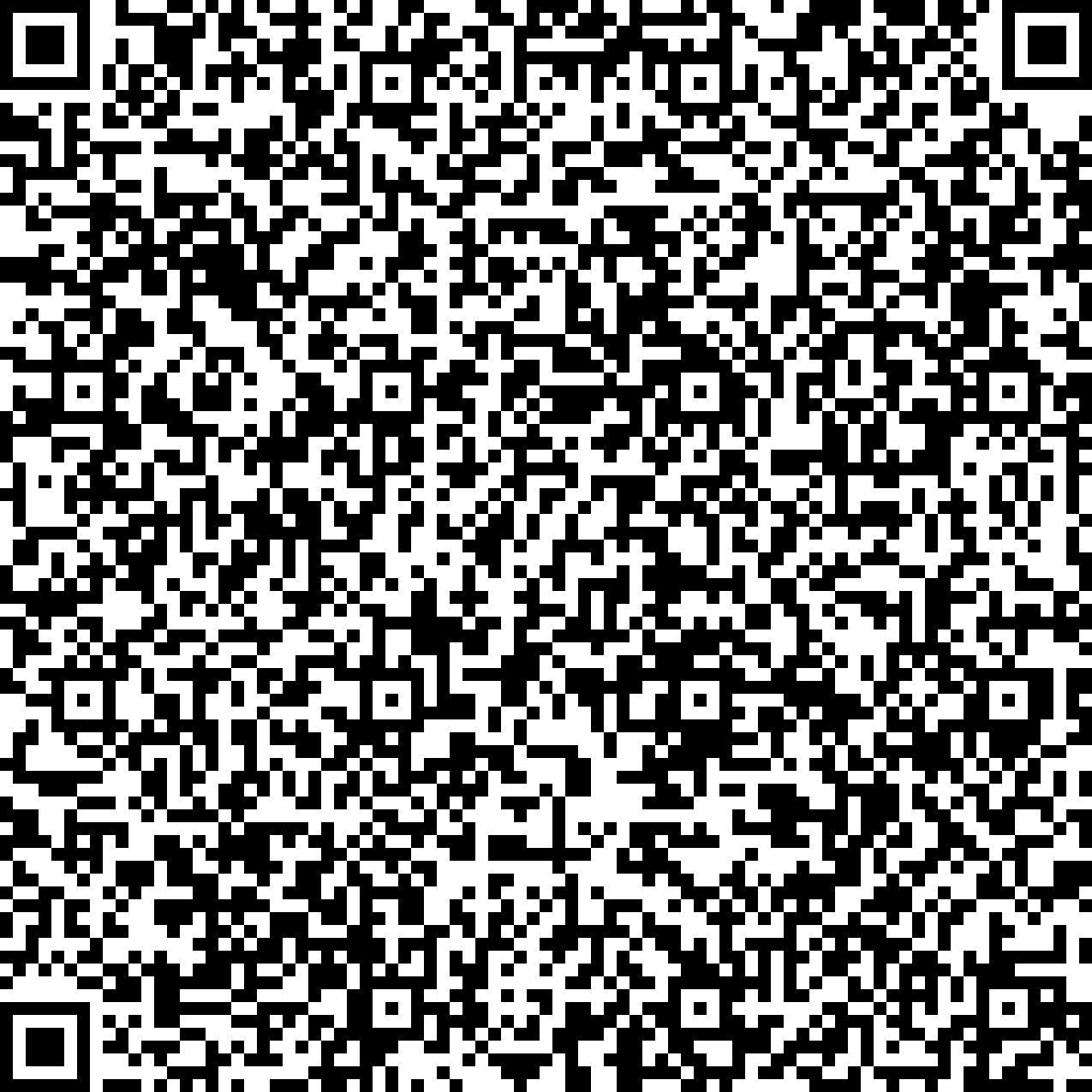

The classification of volatile organic compounds (VOCs) is of interest in a wide range of fields. Examples include medicine, explosives detection and food quality control. Measurements collected with so-called electronic noses can be used for the classification and analysis of VOCs. One type of electronic nose that has seen significant development in recent years is Differential Mobility Spectrometry (DMS). DMS provides measurements that are visualised in scatter plots containing traces, also known as alpha curves. Compared to other ion mobility techniques, DMS is cheaper, more portable and can be used in variable environmental conditions. It has also proved useful in paediatric cancer research. Interpreting the scatterplots obtained under variable conditions is challenging. My research and PhD are dedicated to developing signal analysis and machine learning algorithms to interpret the scatter plots.
I completed my MSc at Tampere University, Finland in 2020. My field of studies was Robotics and Advanced Robotics with focusing on machine learning, data and signal analysis. After completing the MSc I worked at Tampere University as a research assistant in a simulation group. After applying for PhD studies I joined another research group, which is studying ion mobility spectrometry and differential mobility spectrometry.


The classification of volatile organic compounds (VOCs) is of interest in a wide range of fields. Examples include medicine, explosives detection and food quality control. Measurements collected with so-called electronic noses can be used for the classification and analysis of VOCs. One type of electronic nose that has seen significant development in recent years is Differential Mobility Spectrometry (DMS). DMS provides measurements that are visualised in scatter plots containing traces, also known as alpha curves. Compared to other ion mobility techniques, DMS is cheaper, more portable and can be used in variable environmental conditions. It has also proved useful in paediatric cancer research. Interpreting the scatterplots obtained under variable conditions is challenging. My research and PhD are dedicated to developing signal analysis and machine learning algorithms to interpret the scatter plots.
I completed my MSc at Tampere University, Finland in 2020. My field of studies was Robotics and Advanced Robotics with focusing on machine learning, data and signal analysis. After completing the MSc I worked at Tampere University as a research assistant in a simulation group. After applying for PhD studies I joined another research group, which is studying ion mobility spectrometry and differential mobility spectrometry.